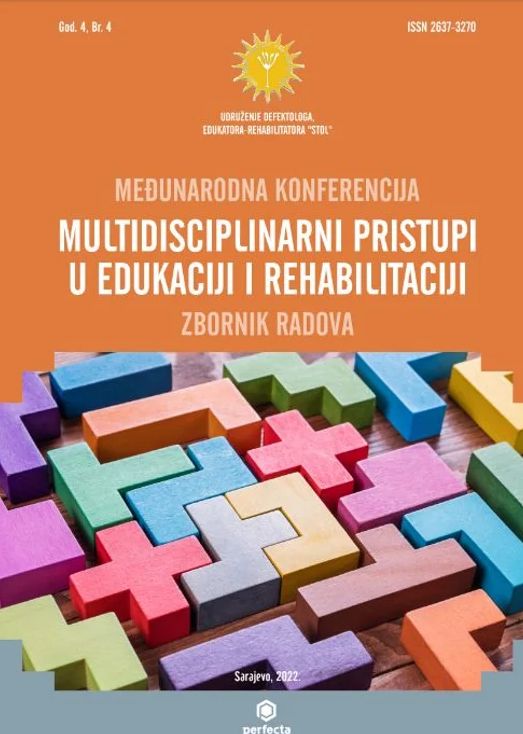SPECIFIČNE TEŠKOĆE U UČENJU: DEFINICIJA, PREVALENCIJA I ETIOLOGIJA
SPECIFIC LEARNING DIFFICULTIES: DEFINITION, PREVALENCE AND ETIOLOGY
Author(s): Bojana Vuković, Slađana Ćalasan, Andrea VegarSubject(s): Social Sciences, Education, Educational Psychology, Inclusive Education / Inclusion
Published by: Udruženje defektologa, edukatora-rehabilitatora (STOL)
Keywords: specific learning difficulties; dyslexia; dysgraphia; dyscalculia;
Summary/Abstract: Specific Learning Disabilities (SLD) is an umbrella term, encompassing certain categories in relation to a specific aspect of learning that is affected. Definitions of specific learning difficulties have changed over time, resulting in inconsistencies in research and legislative frameworks. However, according to the new The Diagnostic and Statistical Manual of Mental Disorders, Fifth Edition (DSM-5), which provides a widely accepted definition that is increasingly used in research and it is accepted by important parties which are in charge for rights of associations of people with specific learning disabilities, in this category are include dyslexia, dysgraphia as well as dyscalculia. SLD can be diagnosed if one difficulty is present in one or all three domains despite conventional schooling, normal hearing and vision, normal intelligence, adequate motivation, and adequate socio-cultural opportunities. For decades, researchers have been trying to provide an adequate definition, operationalize diagnostic criteria, in order to create instruments and investigate the exact prevalence, and shed light on the etiological factors of these difficulties. A comprehensive model of specific learning difficulties must take both into account; isolated learning disorders as well as comorbidities between them. However, specific learning difficulties, although they may occur together, are characterized by different underlying deficits and therefore each domain requires a separate approach. Given this, the aim of our work is to review previous achievements in this field, so that we have a clear starting point for further research work.
Journal: Multidisciplinarni Pristupi u Edukaciji i Rehabilitaciji
- Issue Year: 4/2022
- Issue No: 4
- Page Range: 237-247
- Page Count: 11
- Language: Bosnian, Croatian, Serbian

